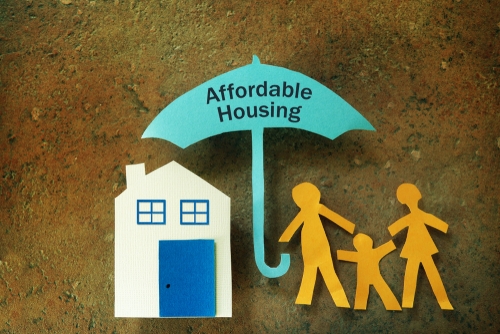

The financial cost of the wrong location
Best vs. current use mismatches highlighted by Location Risk Score
Location has always been a key value determinant for investing in commercial real estate (CRE). However, to factor it in has always been a costly and time-consuming process with high levels of subjectivity. No matter how high the cost, location risk analysis is always performed, as the expected financial loss of the wrong location could be way higher.
Local market dynamics can change in extreme levels nowadays, conflicting with the idea that real estate is a fundamental safe haven. Creditors and investors should be concerned about potential losses that might be generated by the inability of an existing property to adjust to the dynamic local conditions. This risk may diminish the property’s derived value, and an owner may want to reprofile the property or substitute for a property in some other location where the best use is not at war with the current actual use or zoning.
Business function and local market
Property itself, a building, is just a shape for the business function it is hosting. It is the local market around the property that gives life to its function: if a local market does not generate the demand for it, then the business may not thrive. In other words, brick and mortar defines the “ability” of the owner to derive value from the property. The necessary “conditions” to derive that value are in large part defined by the property’s local market, which is by no means under control of the owner. Property owners can manage their ability to derive value, but must seriously consider the local market conditions. According to Moody’s Analytics, local markets are responsible, on average, for about 80% of the property value.
In order to make LRS functional and instrumental, Habidatum “decouples” the location (local market conditions) from the property, measuring commercial potential/risk associated with the local market separately from the property. After the location risk score is calculated we compare the best use of the property’s location, as derived by the LRS methodology, with its current actual use.
How is the “best” determined? How does LRS reflect the “best use” of the location? Utilizing Cuebiq Workbench, we pair Cuebiq's first-party, opted-in mobility data with business diversity data. We then put the paired data into the context of “accessibility” via three modes of transportation, auto, public transit, and pedestrian, by applying travel time data to determine the local market spatial shape (the data on these catchment areas’ boundaries is provided by Travel Time).
Our first task is to determine the boundaries of the local market around the property and then fill it out with mobility and business diversity data in order to get a proxy of the local market commercial potential. Then we cross these data feeds to derive LRS for the area defined by the travel time boundaries.
The boundaries determination processes can be split into several steps:
First, we score for the location by every time interval (5 min, 10 min, 15 min and further on), then the best accessibility score for each mode of transportation is highlighted. Its combination reflects the best possible accessibility area the owner of the property can currently hope for. Then we select an optimal accessibility mix for the existing property, say a supermarket, assuming proper travel time for each category of clients (say, 20 min auto, 15 min public transit and 10 min pedestrian) in the very same location and see how the average accessibility mix across all three transportation modes differs from the optimal mix calculated above.
An optimal accessibility mix for the owner, based on the business experience, considers a proper catchment area. A concrete type of commercial real estate asset in LRS methodology is only defined by an accessibility mix relevant in the owner’s terms to the catchment area of an asset. A warehouse owner may only rely on automobile accessibility, but for someone who runs a hotel its accessibility will likely depend upon all three modes of transportation each within travel time limits set for them by the owner or industry analyst.

Example: LRS and accessibility mix for warehouses in Miami area
The difference between the best and optimal (accessibility delta) is the measure of risk for the owner of being in a wrong place, meaning a mismatch between the best use, derived from the best accessibility mix, and the one we consider an optimal mix
LRS methodology allows us to scan all the locations in the city/country/world for the best use they currently support and compare the results with actual use of those locations by their owners. If the methodology generated “best use” for a location appears to be a warehouse, but actual use is a cinema theater, then the owner gets confronted with a challenge. As the current use of the property does not match the derived “best use” of its location then significant losses can be expected. An investor may want to adopt the property to a different function, or, possibly, get rid of the property and replace it with another one in a better location; an owner/user might consider moving their business to a location that matches their desired use.
This type of LRS measures can be monitored over time, so the owner of a property and a potential creditor/investor into the property can turn them into indices (temporal delta) making arguments for buying, selling or refinancing strategies. Using LRS as a forward-looking indicator will help owners identify opportunities and more quickly respond to changes in location dynamics.
The property’s “current use” may not be the “best use” required by the local market, but if market trends favor the “current use” of the property as the “best use” for the future, then the discrepancy between “best” and “current” can be an opportunity. A developer may be interested in fixing the function of the property, and wait until it becomes the “best use”, as is typically used when valuing land. A passive investor may be interested in selling or buying a property before market correction, as the value of the property will ultimately be defined by its “best use”. An owner/user may be interested in relocating to an area better suited to the business.
Therefore, the application value of LRS is about understanding the “future market value” of the underlying location. The “best-to-current use mismatch” may sometimes be an argument to buy the property, as the buying price defined by the “current use” may be lower than the future reselling price defined by the “best use” of the property.
What is the best use of my place? How does my optimal use fit into this place? Those questions can be easily answered by the LRS system for millions of locations across the globe.
This analysis is part of a series of publications resulting from FIABCI's partnership with Habidatum.
About Habidatum
Habidatum is a software and data analytics company, assisting policymakers and businesses in understanding the hyper-dynamic urban environment through advanced analytics of diverse data sources driven by machine learning and interactive visualization.
Habidatum operates as a gateway between the professional communities that require data-driven insights and data carriers.
The company was founded in 2014 by a collaboration between professional urban planners and digital designers. Since 2014, the company has worked in more than 20 cities globally including London, New York, Moscow, Dubai, Singapore, Pune, Denver, and Miami.













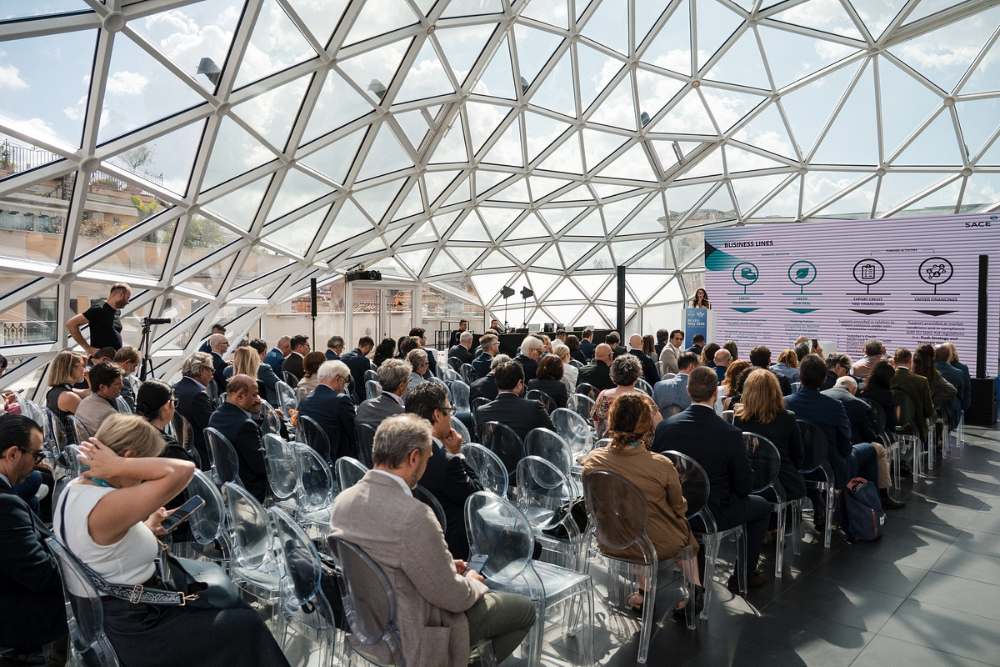



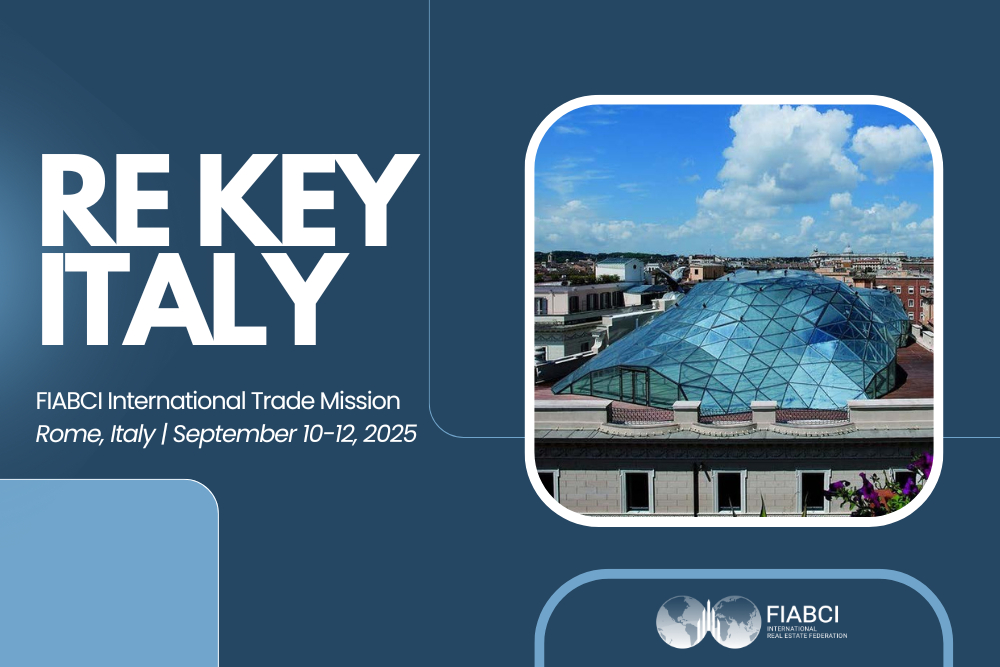



























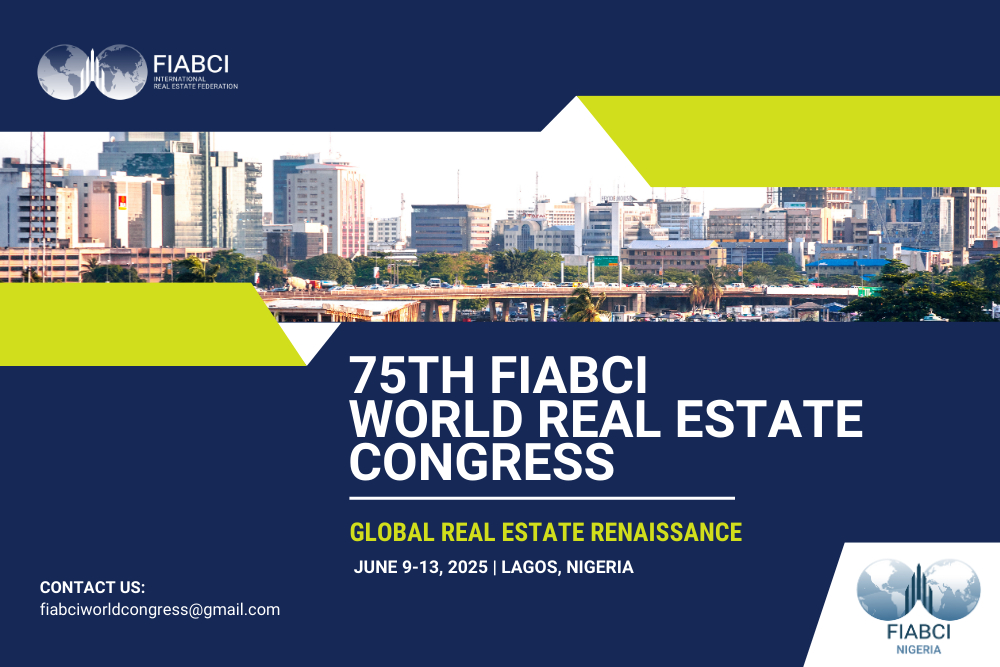










































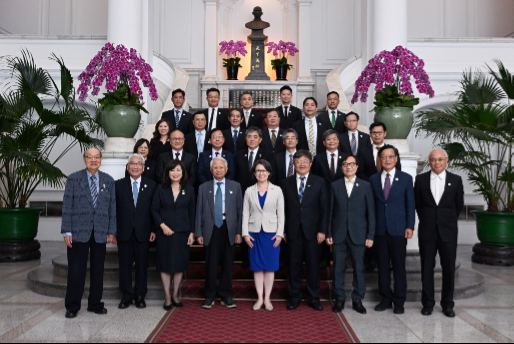









































































































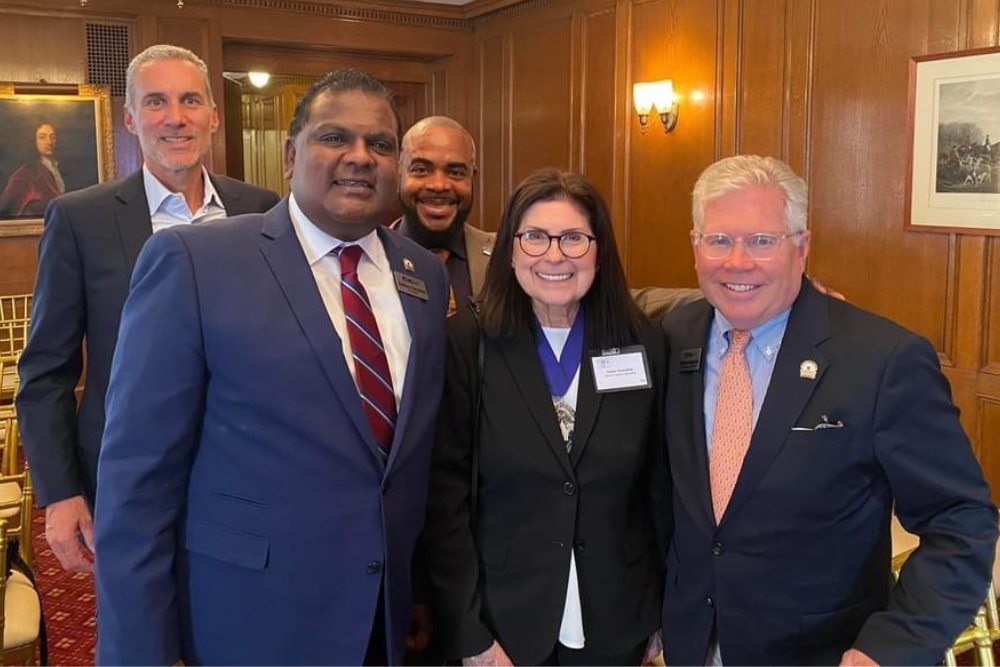



















































































































































![[Webinar Summary] COVID-19: What lies ahead for the Real Estate Industry?](/uploads/news/9i1w05plq2ksbcswuyj5ze2nr.png)






















































